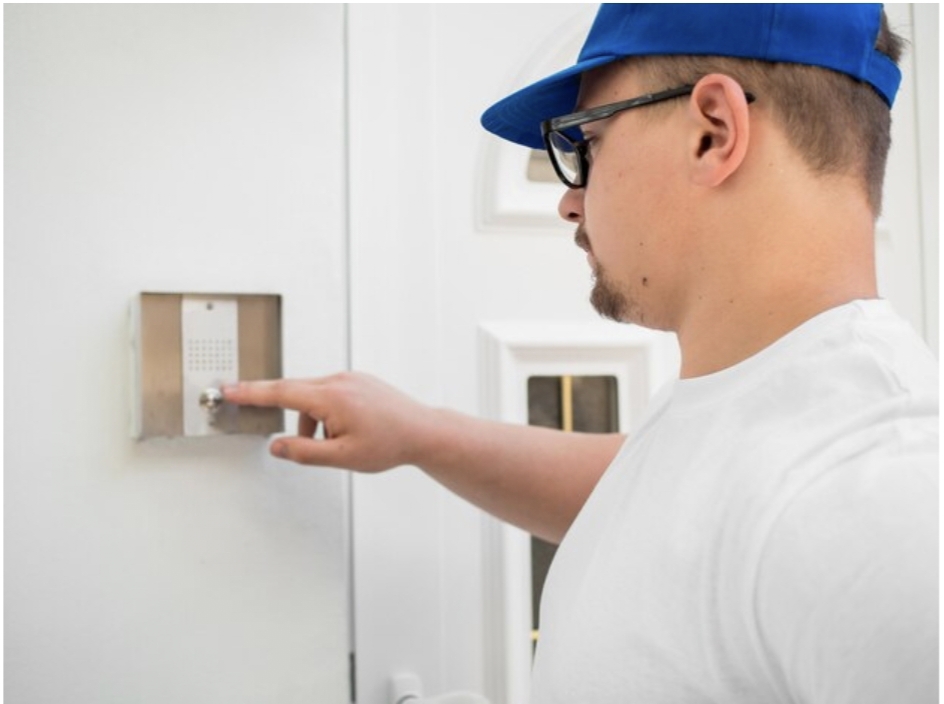When it comes to commercial roofing, one of the key factors that influence durability, insulation, and overall performance is the thickness of the roofing material. The appropriate thickness can vary widely depending on the type of roofing material used, the climate, and specific building requirements. In this article, we delve into the different types of commercial roofing materials and the typical thicknesses associated with each, helping property owners and developers make informed decisions.
1. Built-Up Roofing (BUR)
Built-Up Roofing, commonly known as BUR, is a traditional form of roofing for commercial buildings that consists of multiple layers or ‘plies’ of roof felts laminated together with bitumen (asphalt or coal tar). The thickness of a BUR system can vary significantly depending on the number of layers installed:
- Standard Thickness: Typically ranges from 2 to 4 inches. Each ply layer generally adds about one-quarter to one-half inch to the total thickness.
- Performance: Thicker BUR systems generally offer better durability and greater resistance to water and weather damage, making them suitable for buildings in areas with harsh weather conditions.
2. Single-Ply Membranes
Single-ply membranes are roofing options that are precisely what their name suggests: they consist of a single layer of material, unlike multi-layered systems like BUR. These include TPO (Thermoplastic Polyolefin), PVC (Polyvinyl Chloride), and EPDM (Ethylene Propylene Diene Monomer).
- Standard Thickness: These membranes typically range from 45 mils (0.045 inches) to 90 mils (0.090 inches), with some high-performance membranes going up to 120 mils (0.120 inches).
- Performance: Thicker membranes generally provide better resistance to punctures and tears, which is critical in areas with heavy foot traffic or where the roof is exposed to mechanical damage.
3. Spray Polyurethane Foam (SPF)
SPF roofing is a unique material that is sprayed onto the roof as a liquid, which then expands and hardens into a solid foam. This type of roofing is known for its excellent insulation properties and adaptability to various roof shapes and sizes.
- Standard Thickness: SPF can be applied in varying thicknesses, typically ranging from 1 inch to 1.5 inches, although it can be applied thicker in areas requiring additional insulation.
- Performance: The thickness of the SPF not only contributes to its durability and ability to resist weathering but also significantly enhances its insulative properties, which can help in reducing heating and cooling costs.
4. Metal Roofing
Metal roofs are a popular choice for commercial buildings due to their longevity and minimal maintenance requirements. They are available in various materials like steel, aluminium, and copper — materials also commonly used in precision cnc machining for robotics due to their strength and versatility.
- Standard Thickness: Metal roofing panels vary in thickness, often measured in gauge, with common gauges ranging from 22 to 29. Lower gauge numbers indicate thicker metal; for instance, a 22-gauge panel is thicker than a 29-gauge panel.
- Performance: Thicker metal roofs are generally more durable and have better structural integrity, which is particularly important in regions susceptible to severe weather.
5. Modified Bitumen
Modified bitumen roofing is similar to BUR but incorporates polymer-modified bitumen sheets that are applied in layers, typically using heat to adhere the layers together.
- Standard Thickness: Modified bitumen sheets generally come in standard thicknesses ranging from 2 to 4 mm (approximately 0.08 to 0.16 inches).
- Performance: Like BUR, the durability and performance of modified bitumen roofing increase with additional layers.
Considerations for Choosing Roofing Thickness
- Climate: Buildings in areas with extreme weather conditions (heavy snow, high winds, or severe temperatures) often benefit from thicker roofing materials that offer enhanced durability and insulation.
- Building Use: The function of the building can dictate the necessary thickness. Industrial buildings might require thicker, more durable roofing to withstand environmental contaminants or mechanical impacts.
- Energy Efficiency Requirements: Thicker roofing materials, especially those with high insulative properties like SPF, can help meet stricter energy efficiency standards by reducing heat transfer.
Choosing the right thickness for commercial roofing involves balancing factors such as climate, building usage, energy efficiency, and budget. Property owners should work with experienced roofing contractors who can provide detailed assessments based on the building’s location and requirements. By selecting the appropriate thickness and material, you can ensure that your Commercial roofing Los Angeles CA provides optimal protection and performance over its lifespan.





